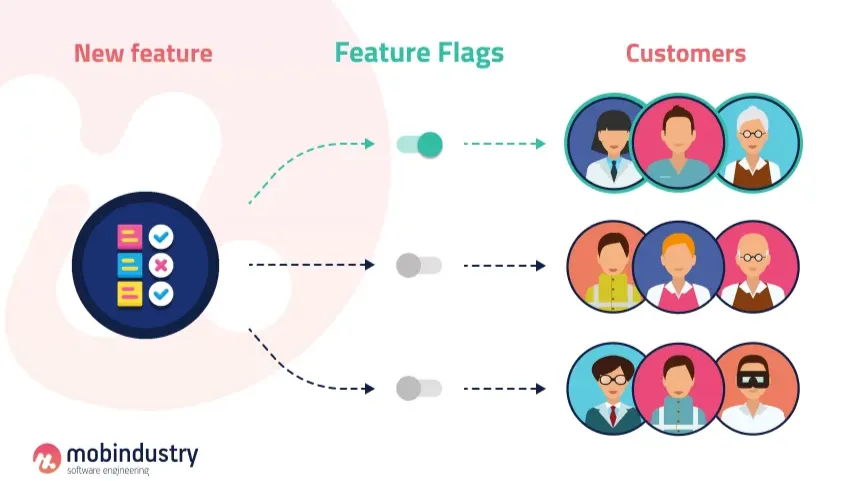
Feature Flags: A Practical Tool for Continuous Delivery
Julio Santos
Architect Software | ServiceNow | DevOps Software Engineer | Artificial Intelligence | Full Stack Software Engineer | Software Engineer
Feature flags, also known as feature toggles, are a powerful tool for developers practicing continuous delivery. They allow teams to decouple the deployment of new features from their release, providing greater control over the development process and enabling faster iterations.
By wrapping new functionality in a feature flag, developers can deploy code to production without immediately exposing it to users. This enables testing in a live environment without affecting the end-user experience. Once the feature is fully tested and ready, the flag can be toggled on, releasing the feature to users without requiring a full redeployment.
Feature flags are particularly useful in scenarios where a gradual rollout is desired. By selectively enabling a feature for a subset of users, teams can gather feedback, monitor performance, and address any issues before rolling out the feature to the entire user base. This approach reduces the risk of large-scale failures and allows for more controlled releases.
However, feature flags require careful management. Over time, unused or obsolete flags can clutter the codebase, making it difficult to maintain. Teams must implement proper flag lifecycle management practices, ensuring that old flags are removed once they are no longer needed.
In conclusion, feature flags are an essential tool for teams practicing continuous delivery. They provide flexibility, enable safer deployments, and facilitate more efficient development cycles, making them invaluable for modern software development.